If you want a strong, resilient lower back, better posture, and more powerful glutes and hamstrings, back extensions should be a non-negotiable part of your workout routine. This compound exercise targets the erector spinae muscles, glutes, and hamstrings, helping you build strength, prevent injuries, and improve overall performance.
The best part? You don’t need a hyperextension machine or a back extension bench to get results. With the NordBench, you can perform back extensions at different angles, targeting your lower back muscles while keeping your spine in a safe, strong position.
💡 Good read: How to Do Back Extensions at Home
Why You Should Do Back Extensions
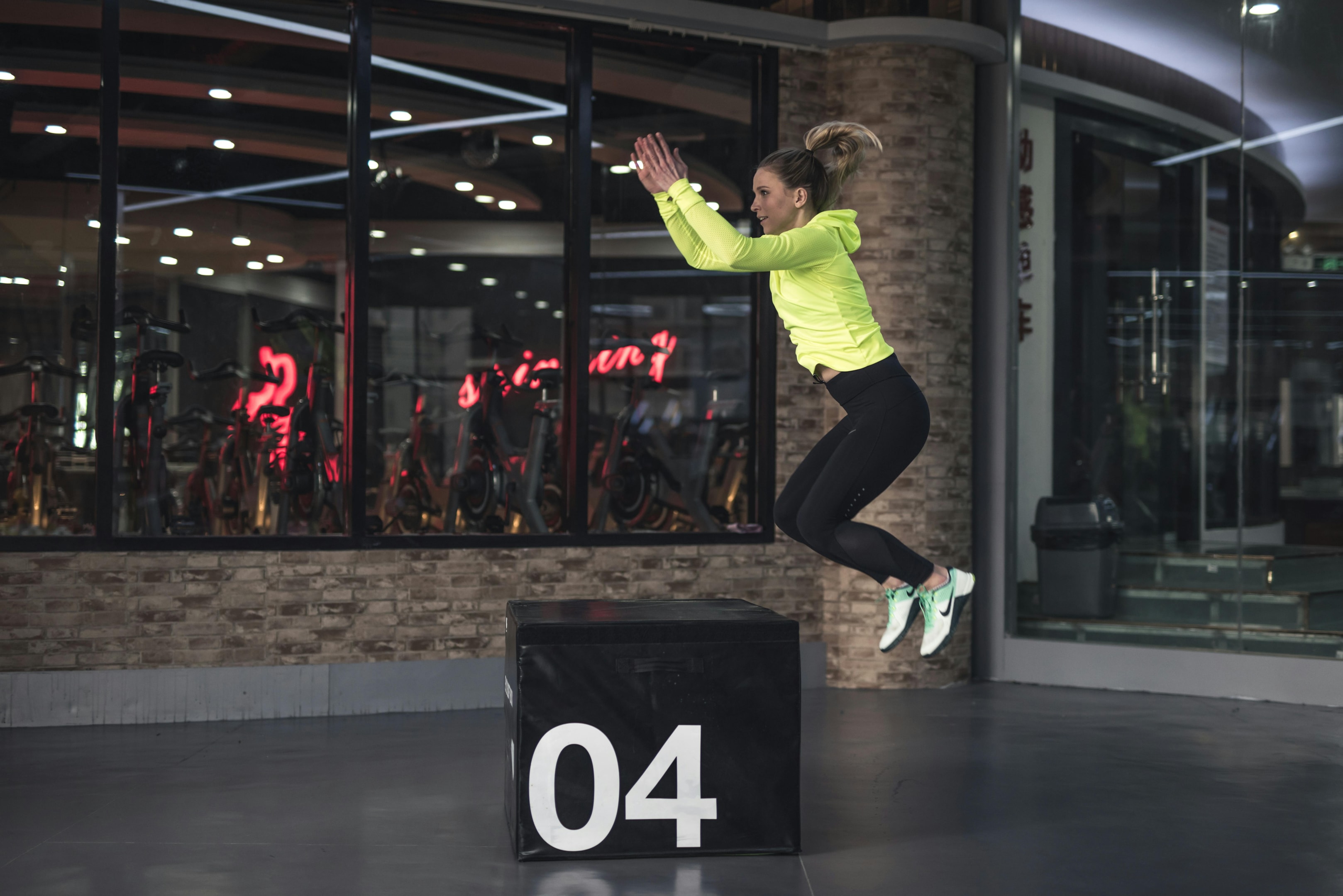
🔥 Strengthens Your Lower Back: A weak lower back can lead to postural issues, chronic pain, and limited mobility. Back extensions help reinforce your spine, reducing the risk of injuries.
🔥 Boosts Athletic Performance: Whether you’re sprinting, lifting, or jumping, strong erector spinae muscles help transfer power from your lower to upper body, improving strength and stability.
🔥 Enhances Posture & Core Stability: Sitting all day? Back extensions reverse the effects of poor posture, strengthening the spinal stabilizers and reducing tension in the neck, shoulders, and lower back.
🔥 Builds Glute & Hamstring Strength: If you want stronger legs and a more explosive lower body, extensions work wonders by engaging the glutes and hamstring muscles.
💡 Good read: 5 Levels to Master Back Extensions & Strengthen Your Core
When to Do Back Extensions
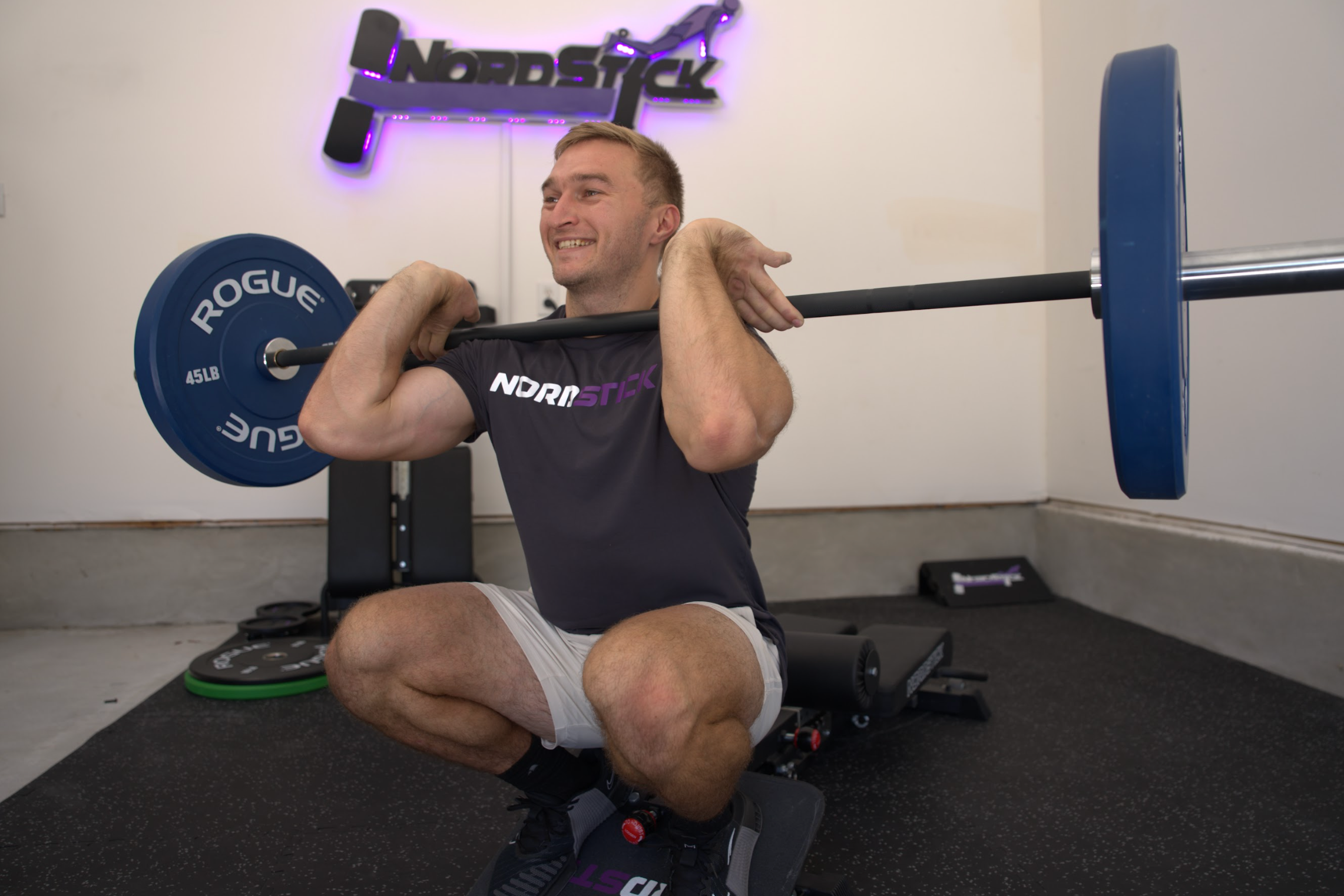
💪 Before a Workout (As a Warm-Up): Performing back extensions before heavy lifts like deadlifts and squats activates your lower back muscles, glutes, and hamstrings, reducing the risk of injury.
💪 During Your Workout (As a Strength Exercise): Add back extensions to your leg day or core workouts for spinal stability and posterior chain strength.
💪 After a Workout (As Active Recovery): Performing back extensions at a slow, controlled pace can help stretch and strengthen tight lower back muscles, reducing soreness.
💡 Good read: Easiest to Hardest Lower Back Pain Exercises
How Different Angles Affect Your Muscles
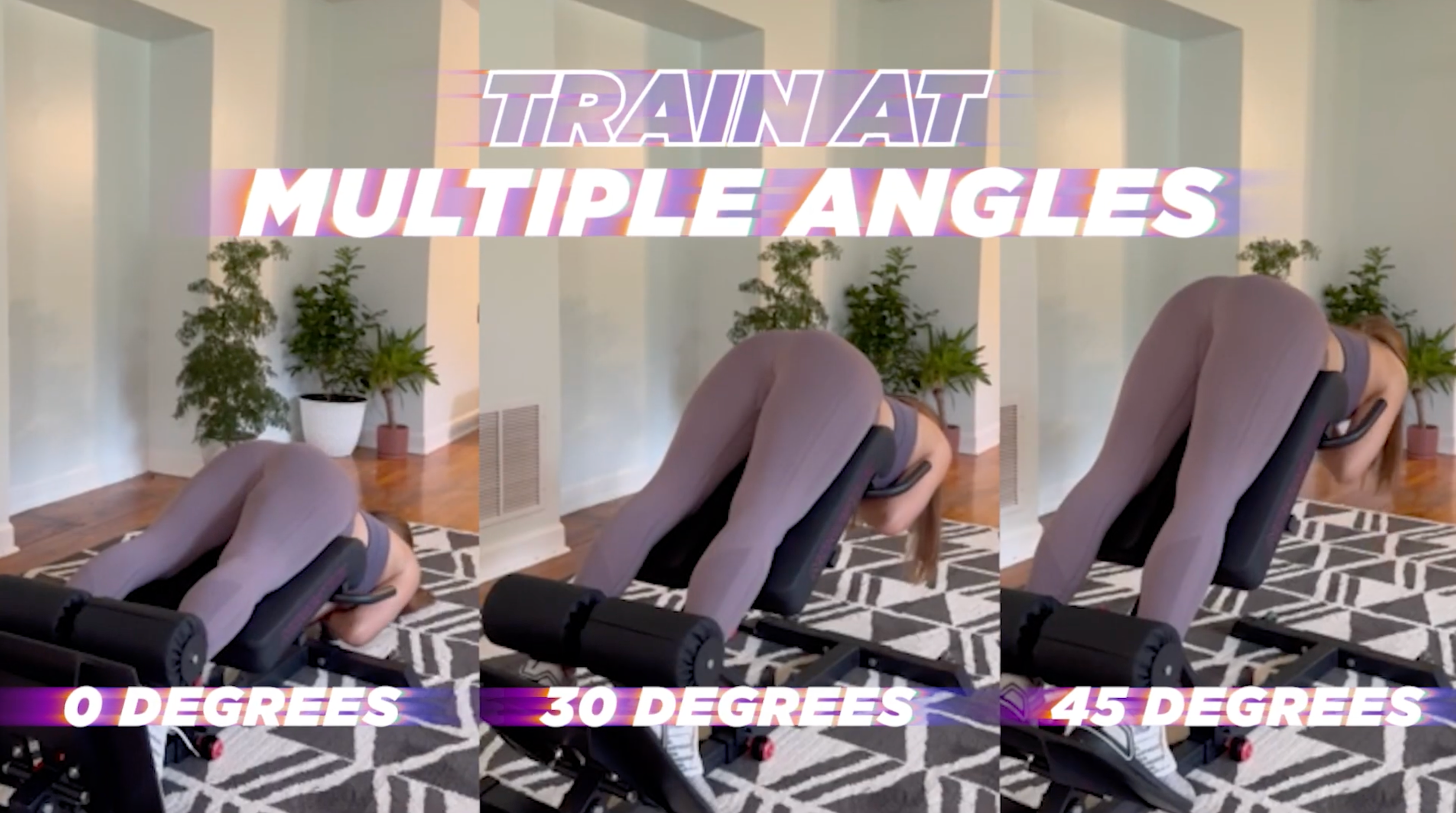
📌 Flat Position (0° - Beginner Level): This is the most basic variation, targeting the erector spinae and glutes without much resistance. It’s great for beginners or anyone rehabbing lower back injuries.
📌 Mid Incline (15° - 30° - Intermediate Level): By adjusting the angle, more resistance is placed on your lower back, increasing muscle activation and making the exercise more challenging.
📌 Steep Incline (45° - Advanced Level): This angle maximizes glute and hamstring activation, making it a killer movement for posterior chain strength.
With the NordBench, you can adjust your back extensions to different levels, customizing your workout for maximum gains.
💡 Good read: 5 Exercises to Rehab Back from a Hamstring Injury
Why the NordBench is the Best Tool for Back Extensions
✅ Fully Adjustable Angles: Unlike a traditional back extension bench, the NordBench lets you set the angle that’s right for your fitness level.
✅ Compact & Easy to Store: No need for a bulky reverse hyperextension machine—this bench stores flat and fits anywhere.
✅ Versatile for Multiple Movements: Aside from back extensions, you can use the NordBench for Nordic curls, slant board squats, hip thrusts, and more.
💡 Good read: Why the NordBench is Your Ultimate Training Tool
Final Thoughts
If you want stronger glutes, bulletproof lower back muscles, and better posture, back extensions should be a staple in your routine. And with the NordBench, you can progress safely and train effectively—no matter your fitness level.
Start incorporating back extensions into your workouts today and feel the difference in your strength, stability, and athletic performance! 🚀
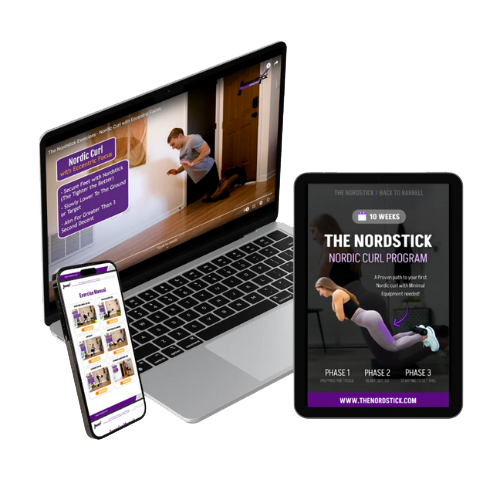

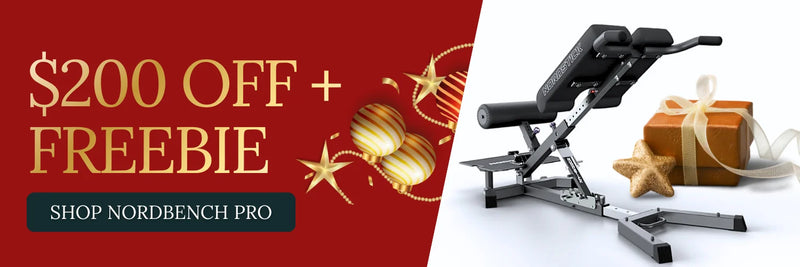
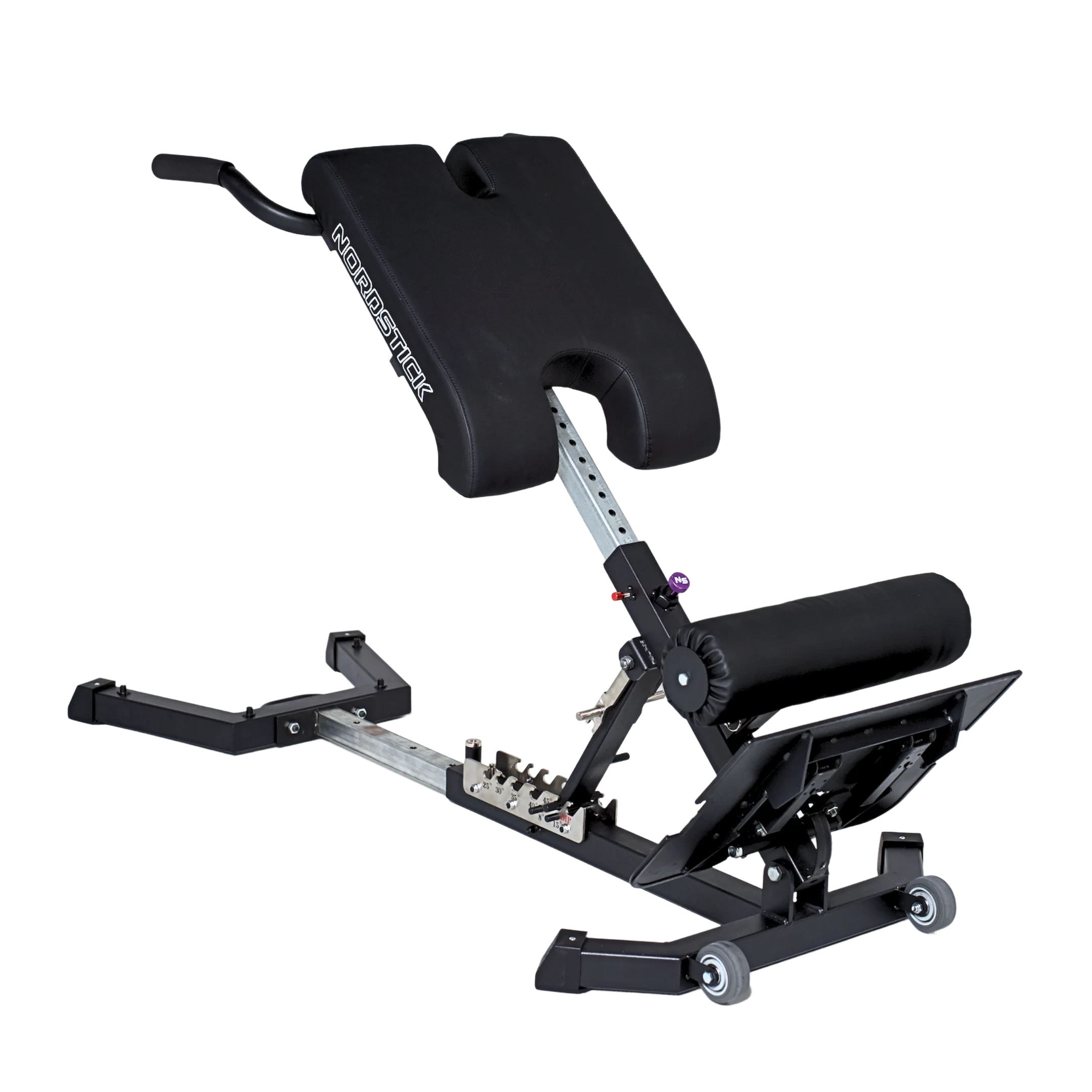
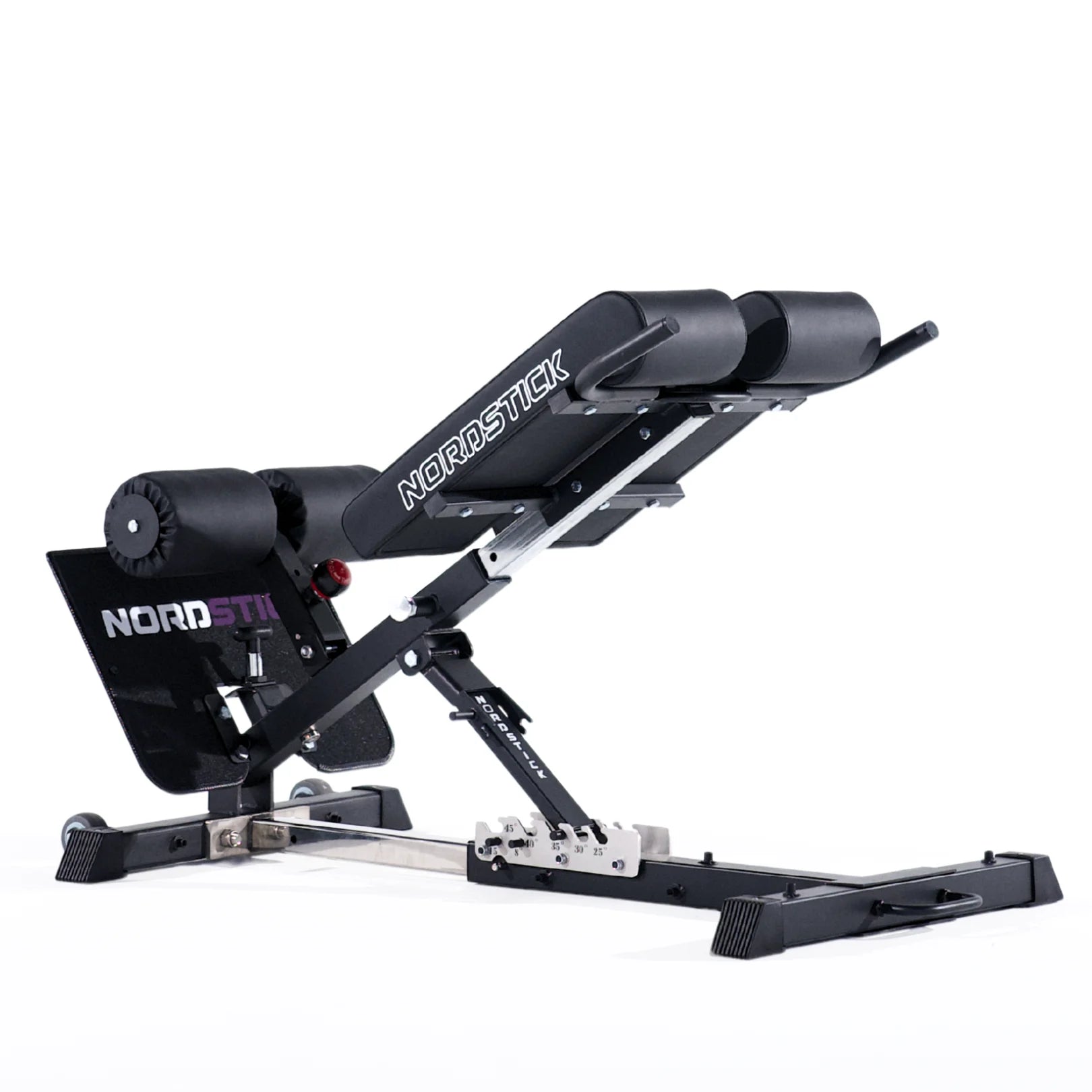





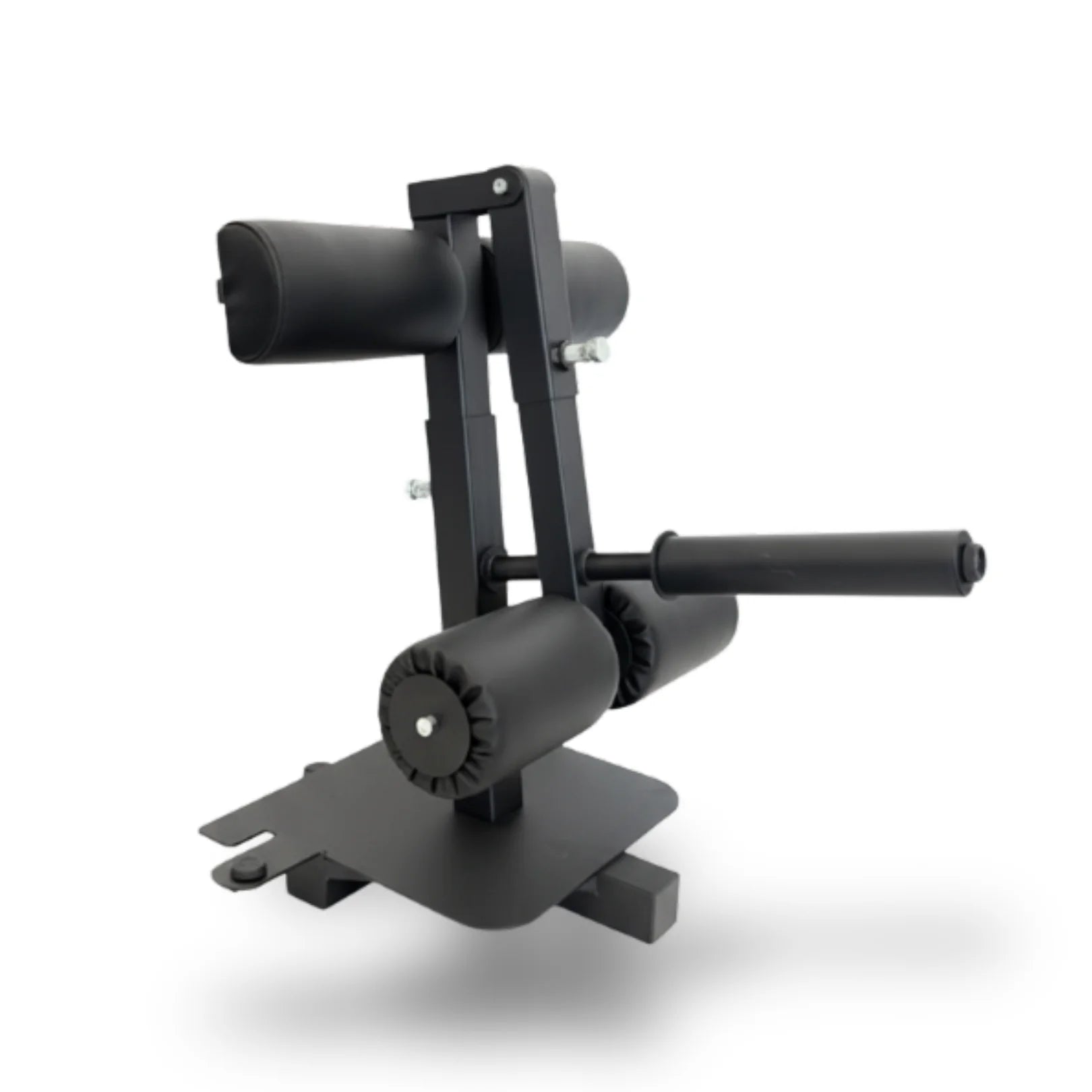
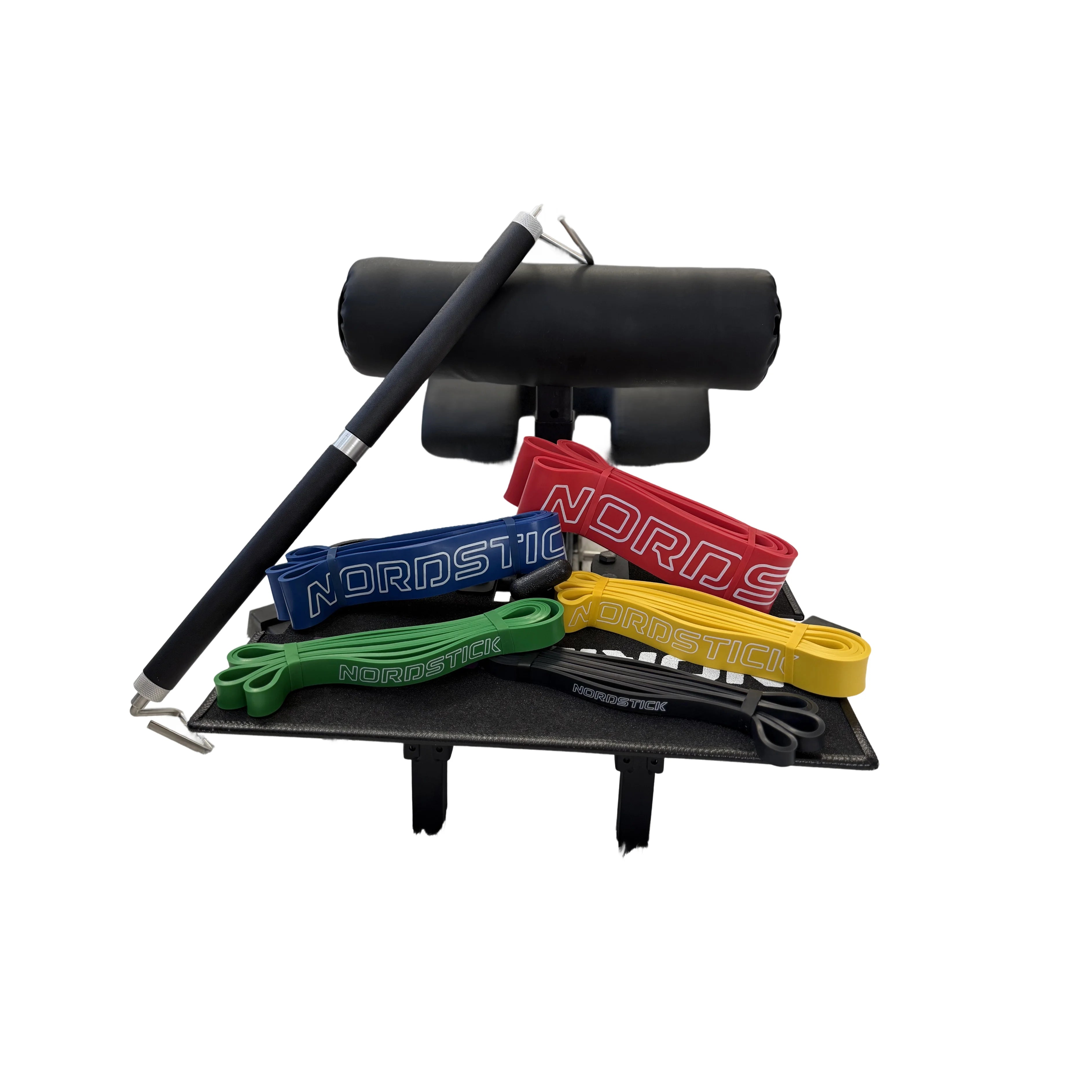
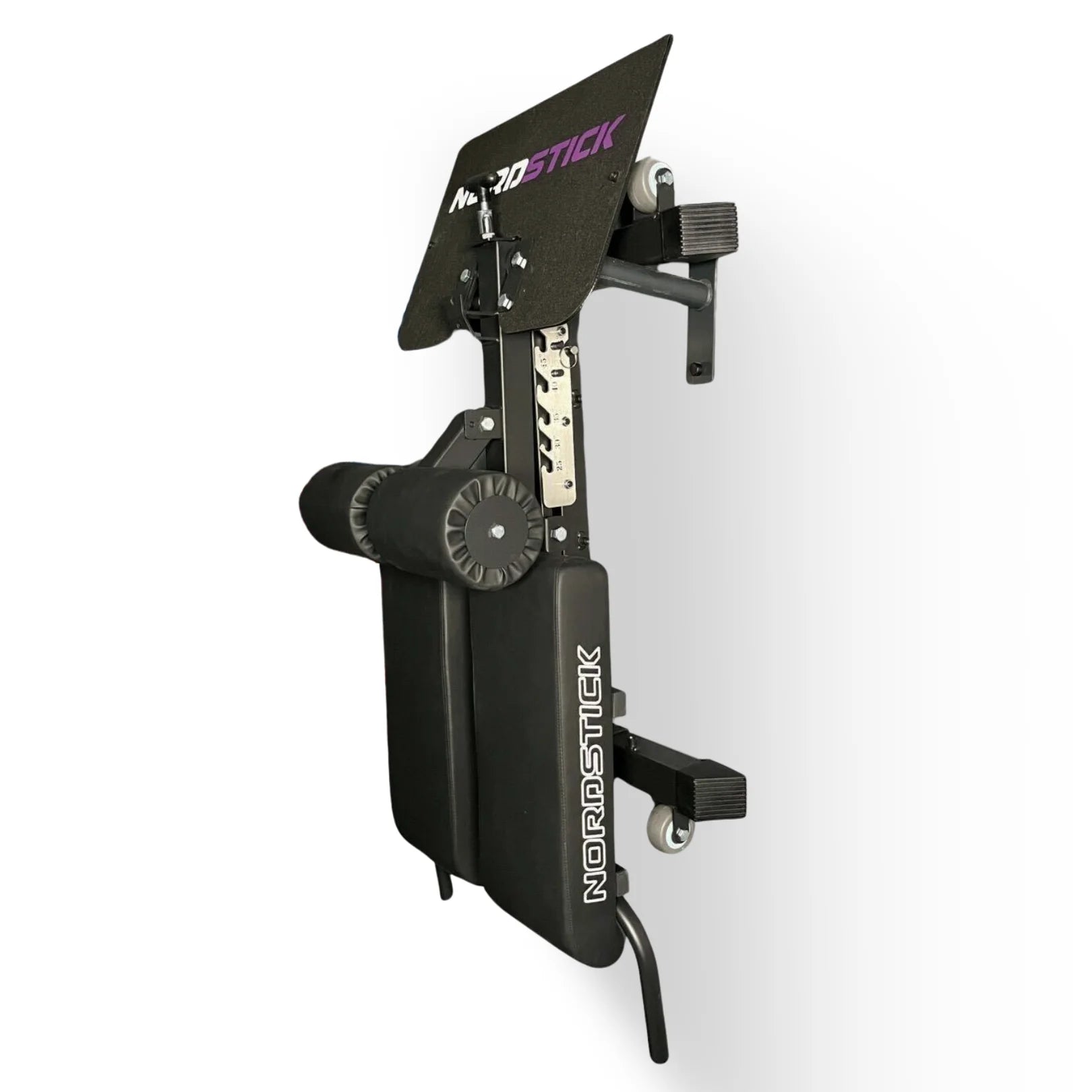
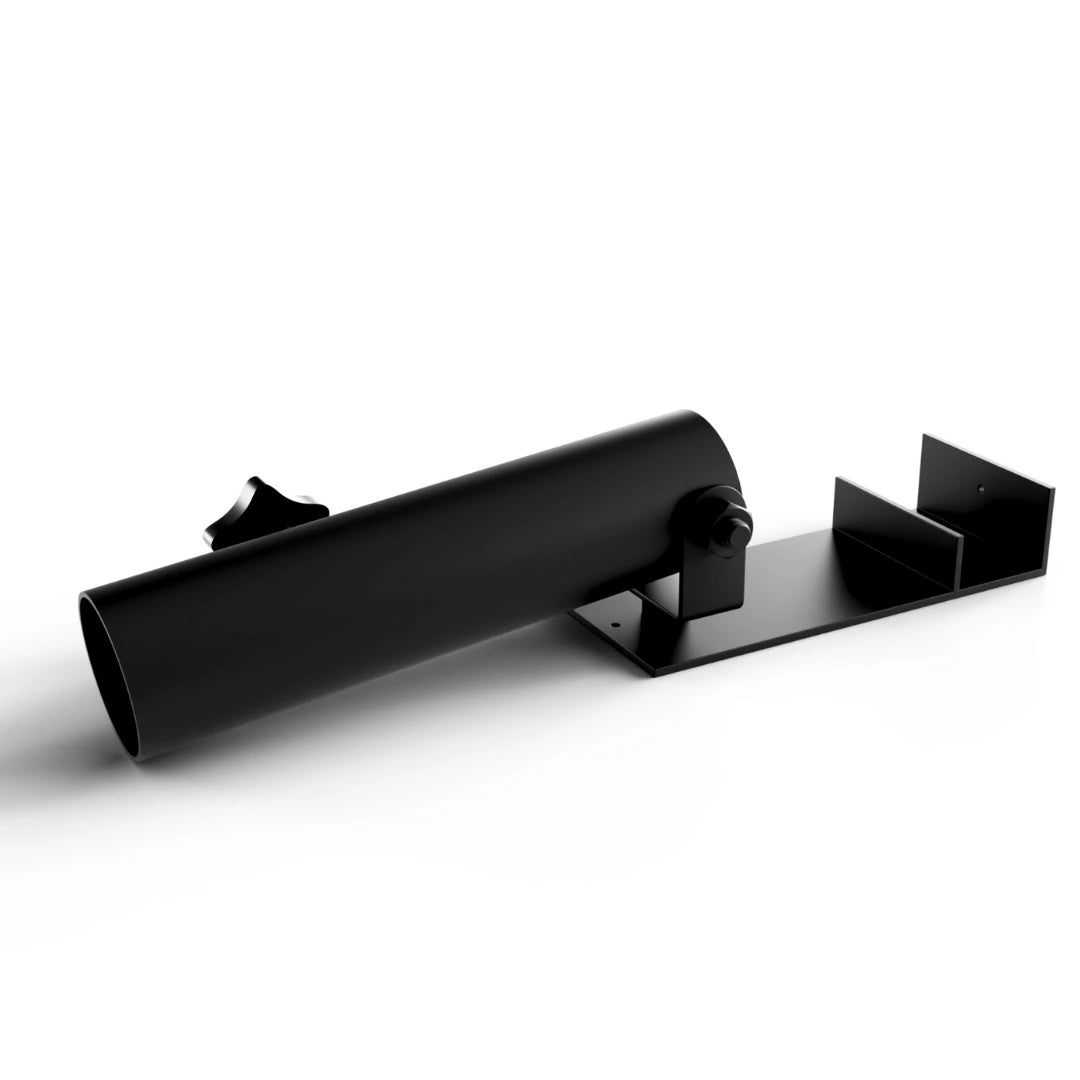
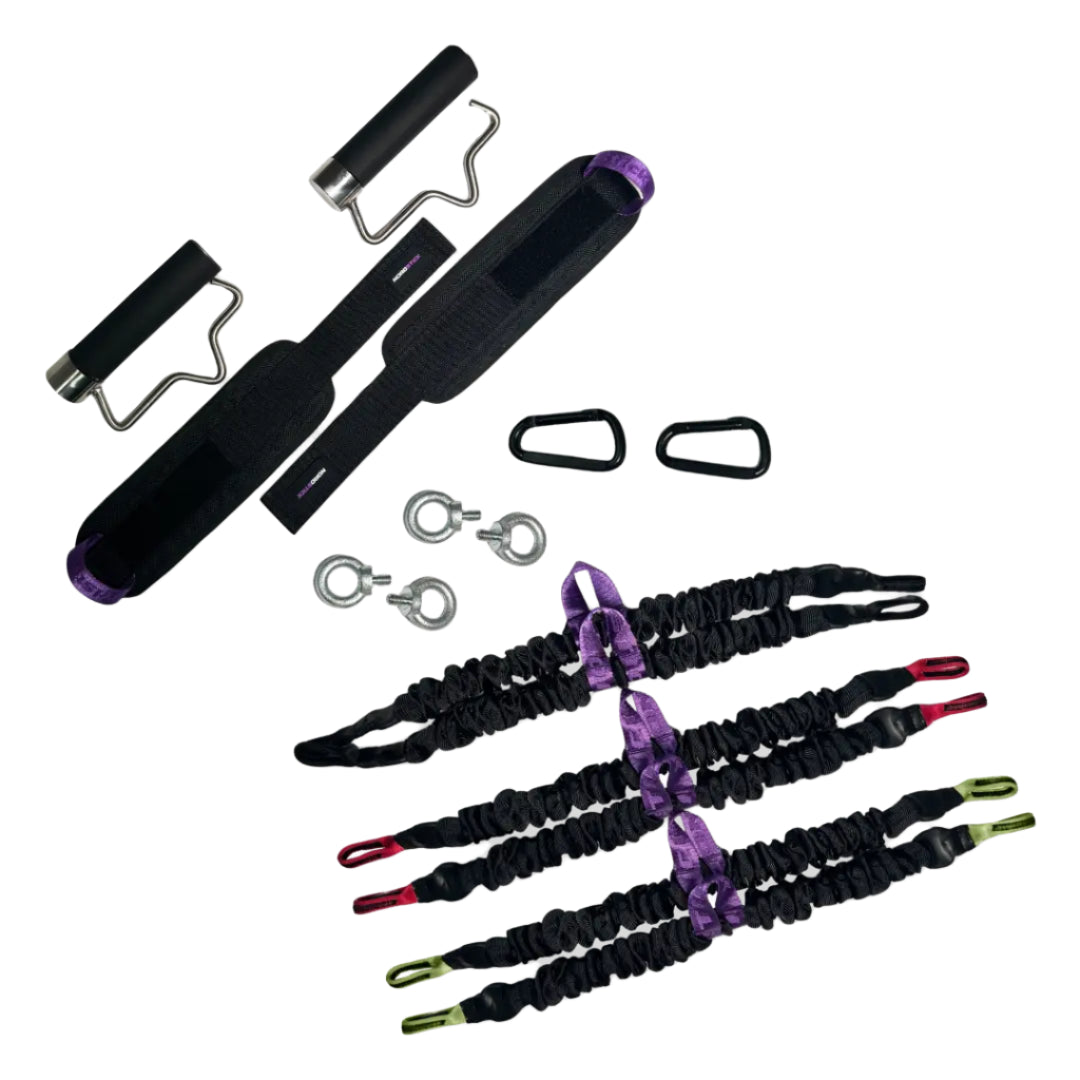
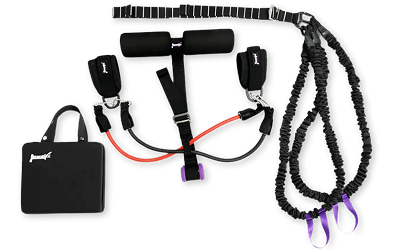
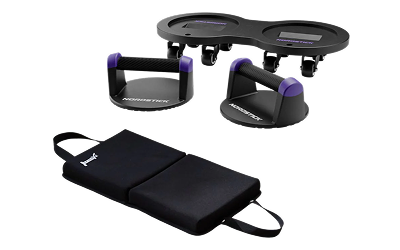
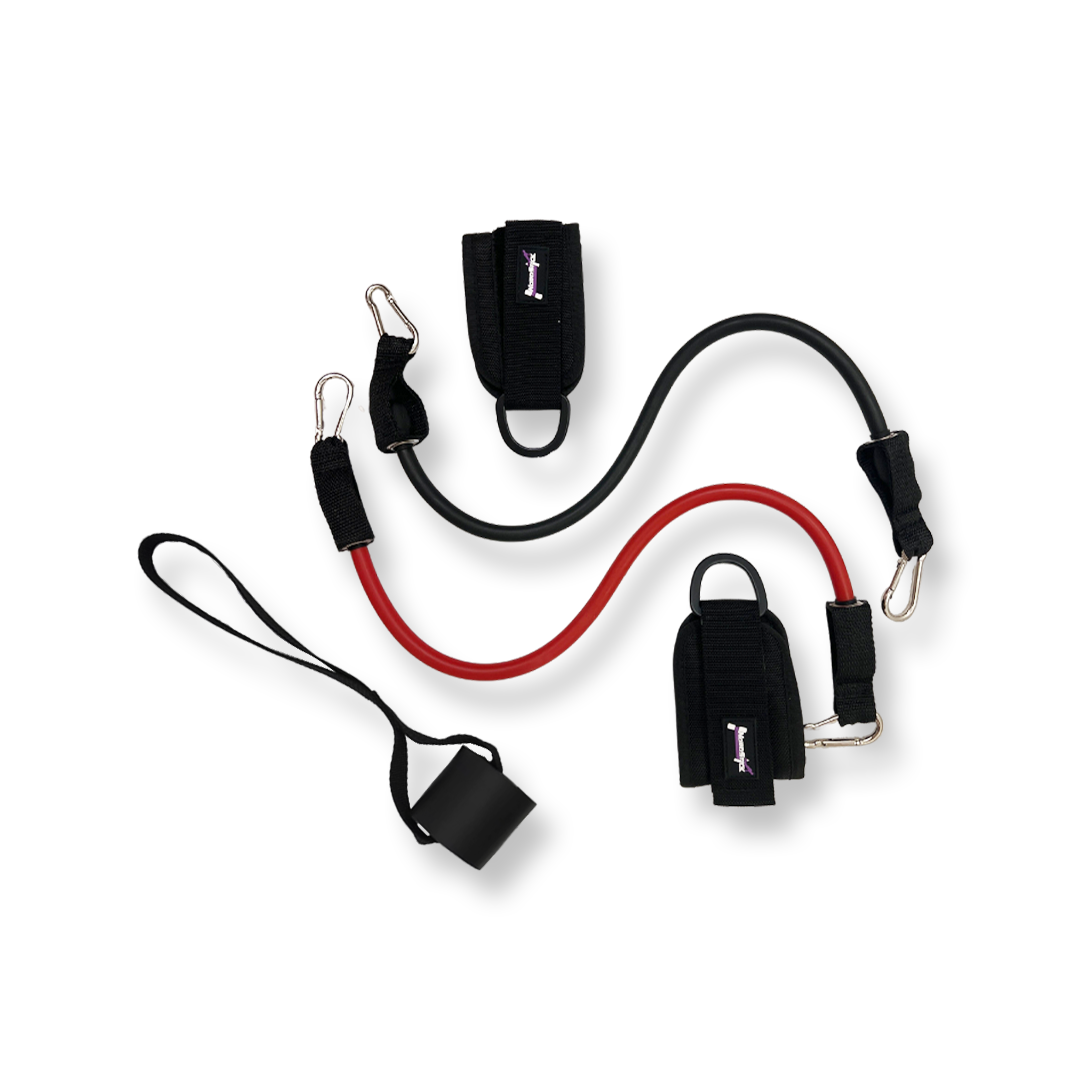
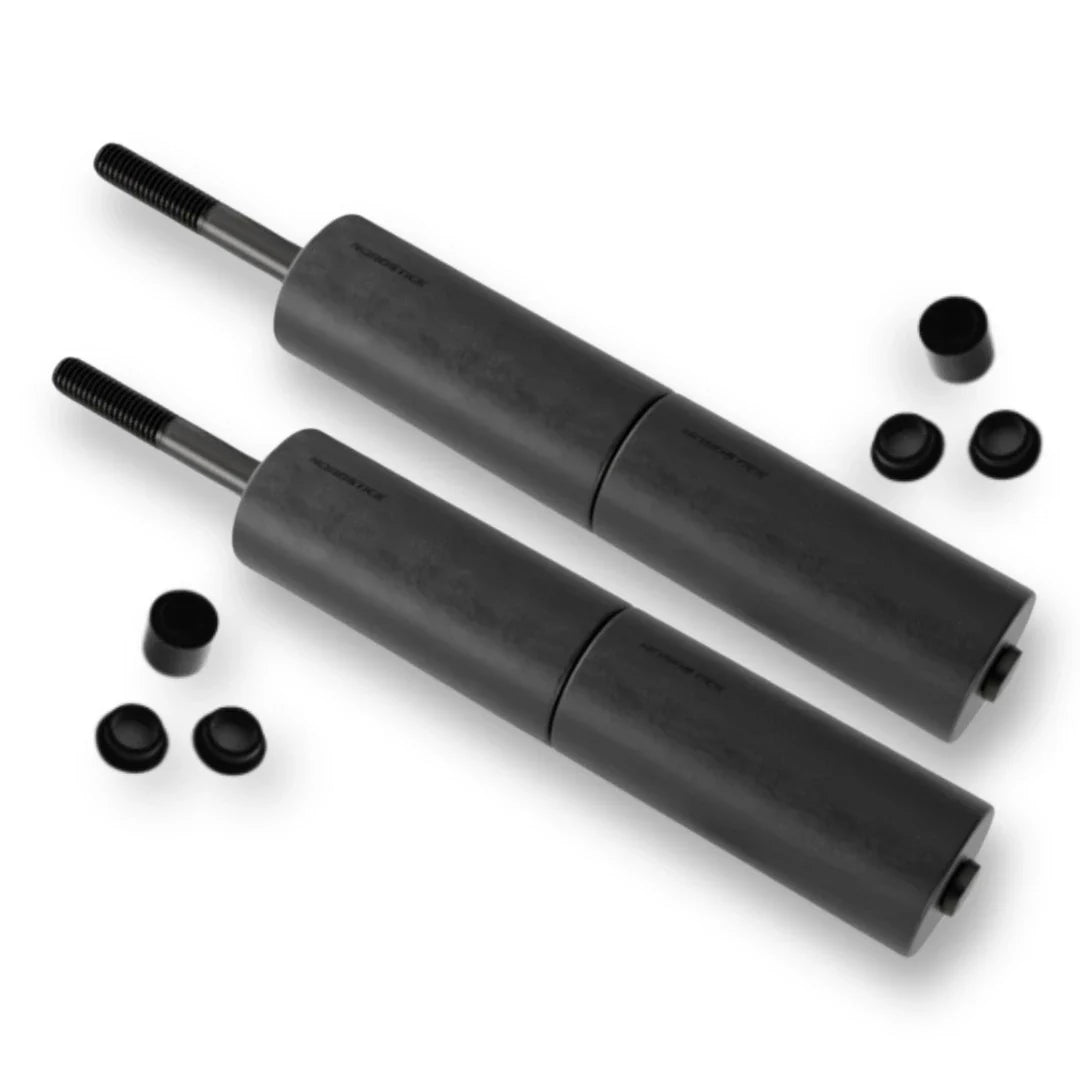
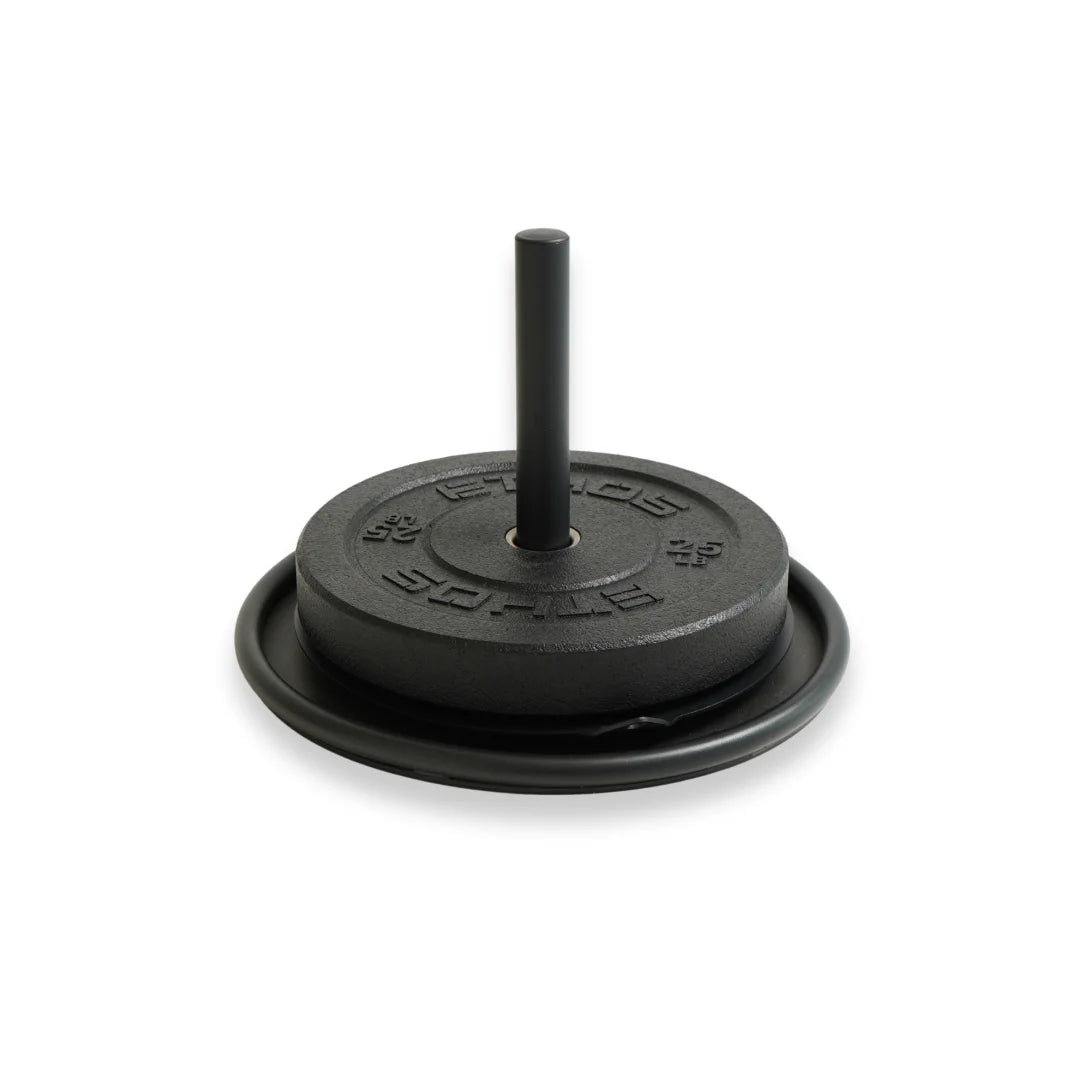
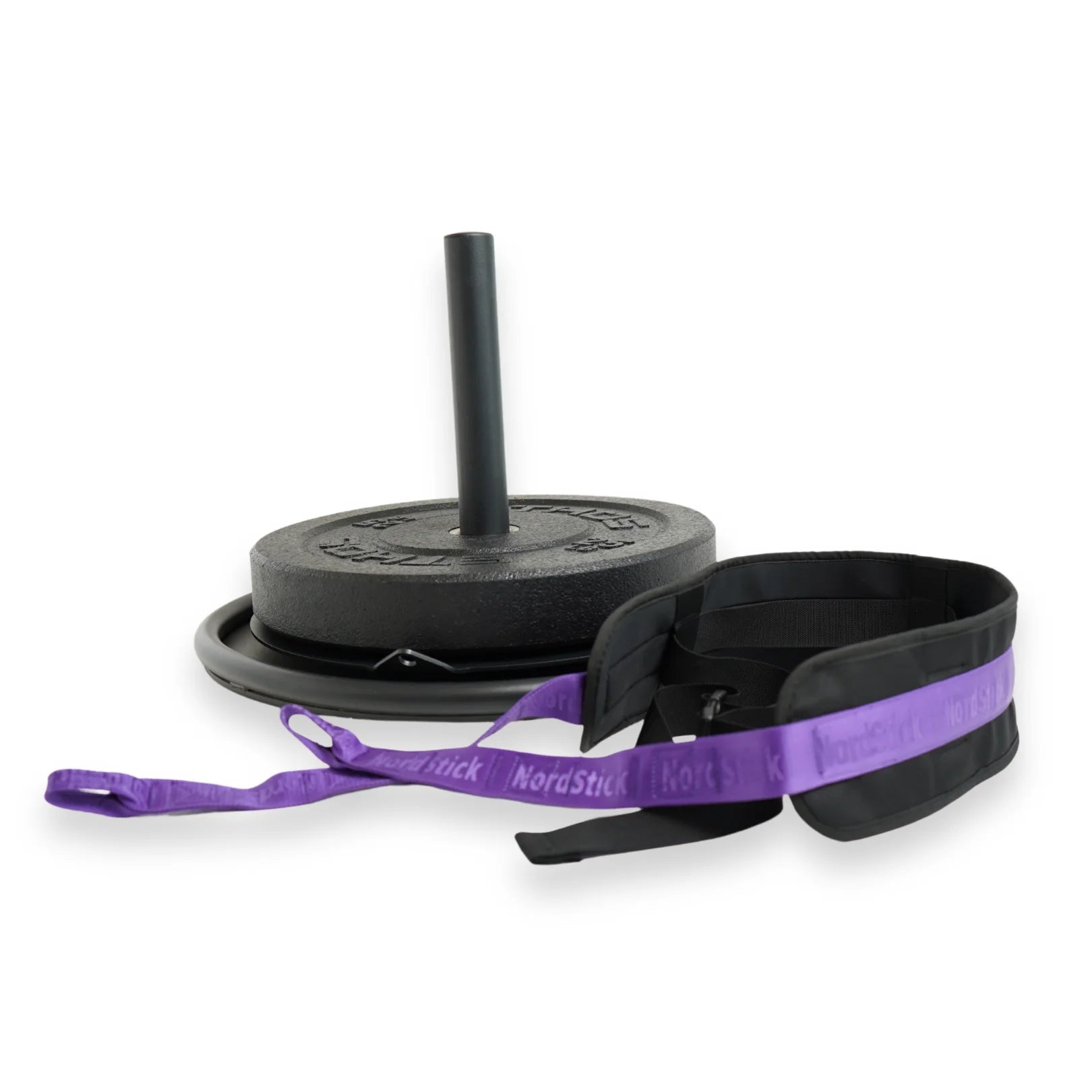
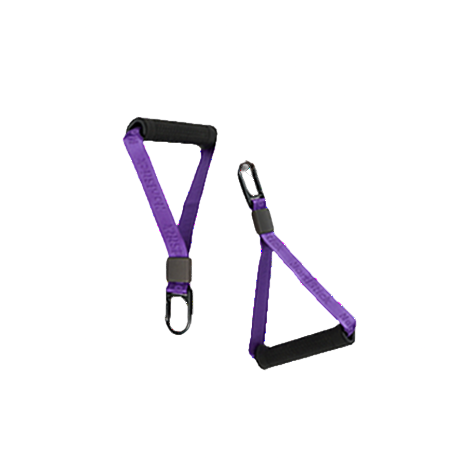
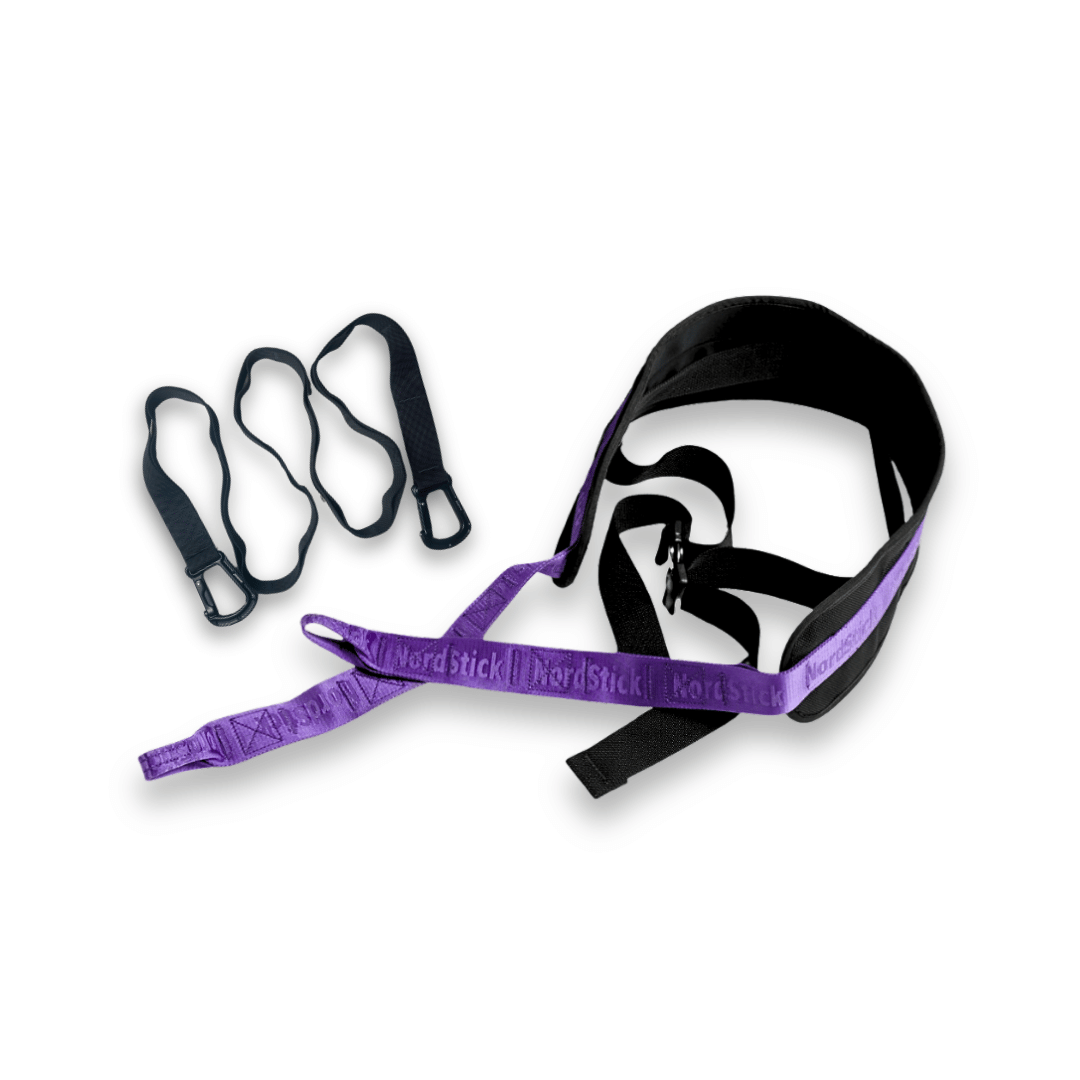
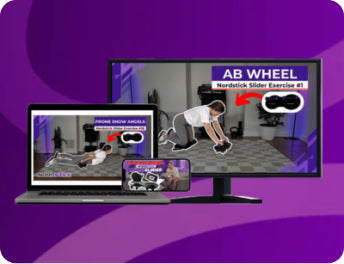
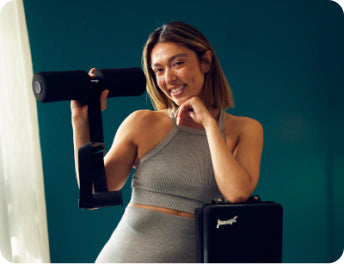
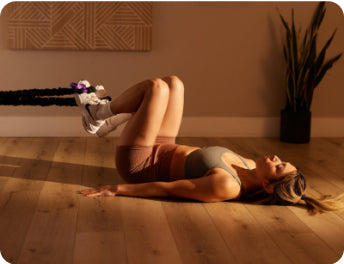
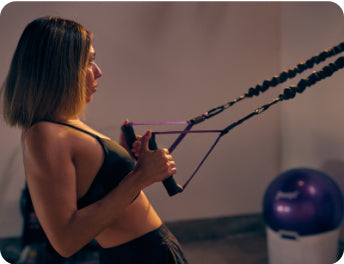

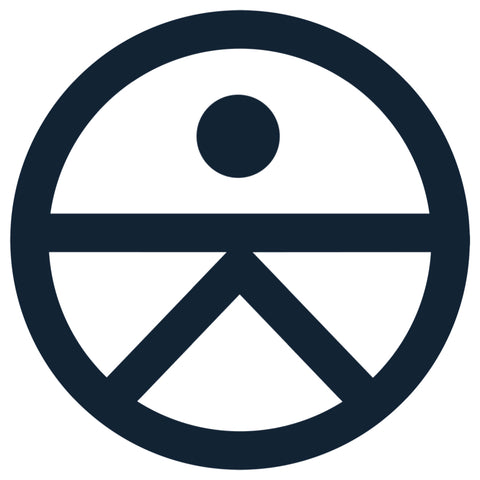
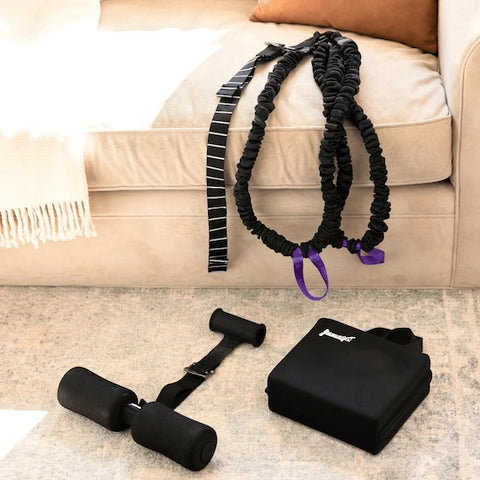
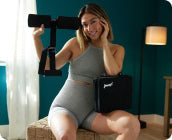
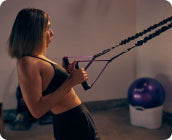
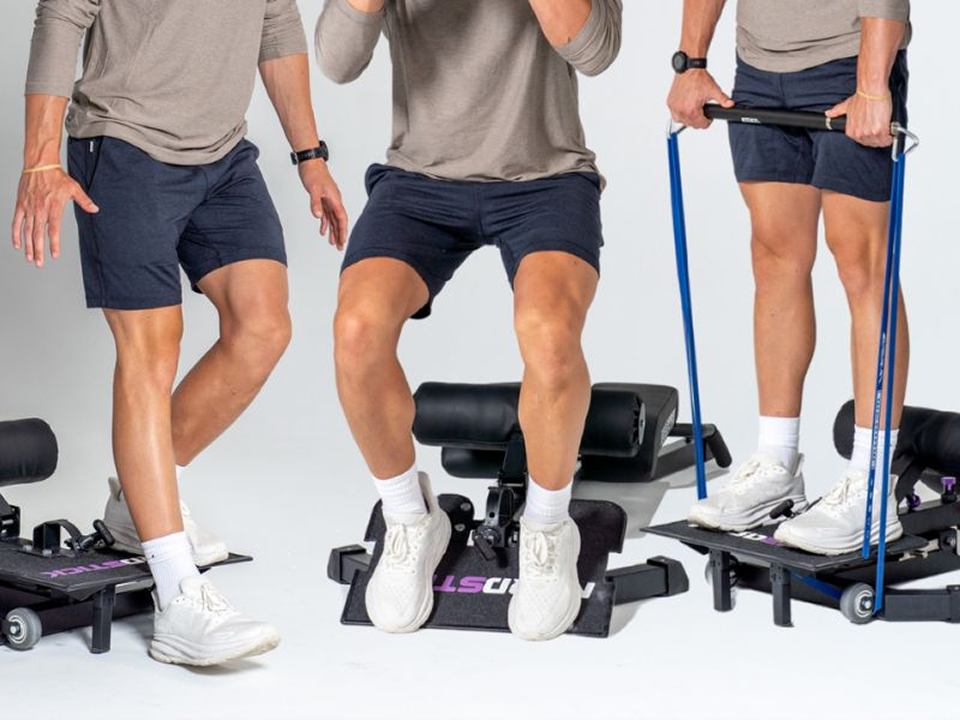
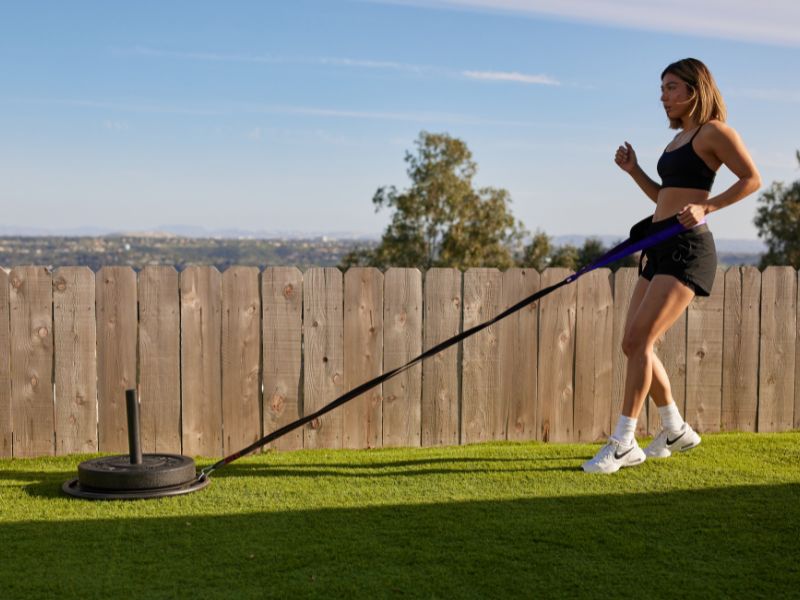

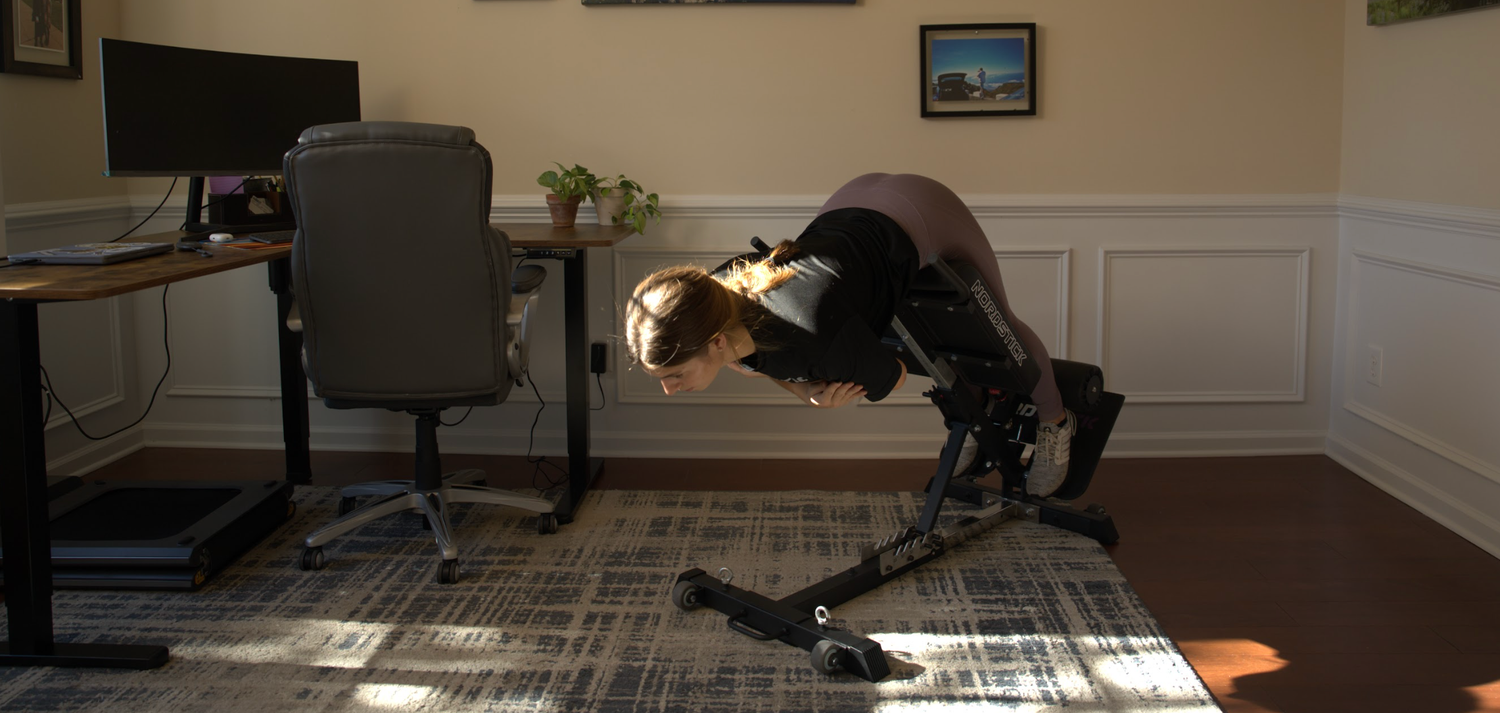
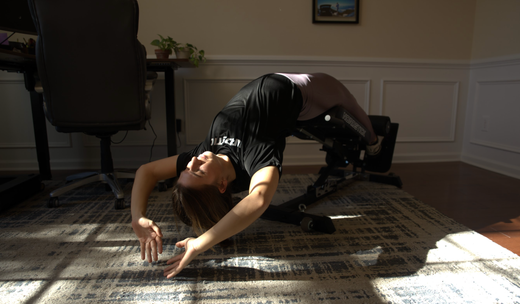
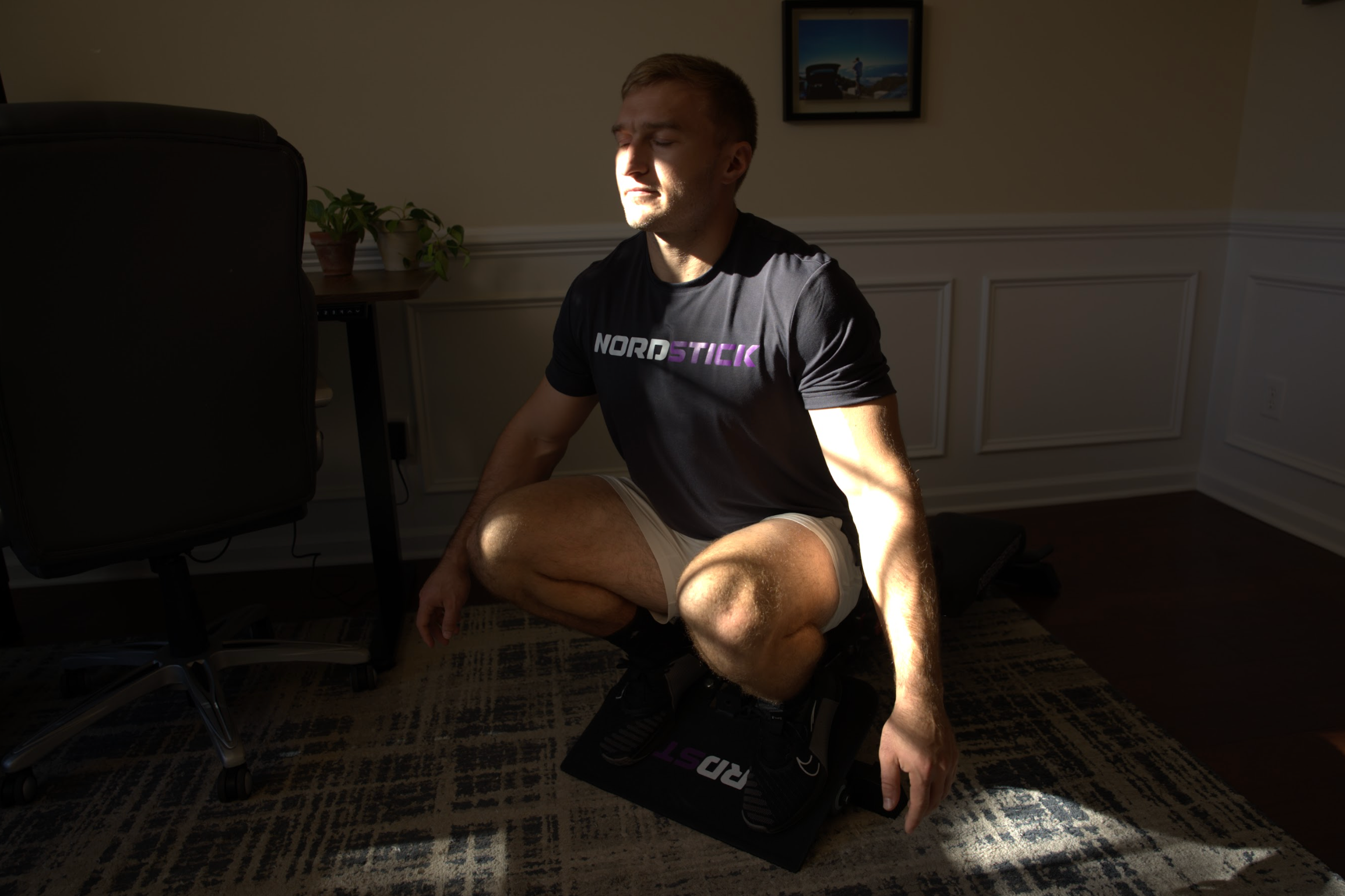



Leave a comment
This site is protected by hCaptcha and the hCaptcha Privacy Policy and Terms of Service apply.